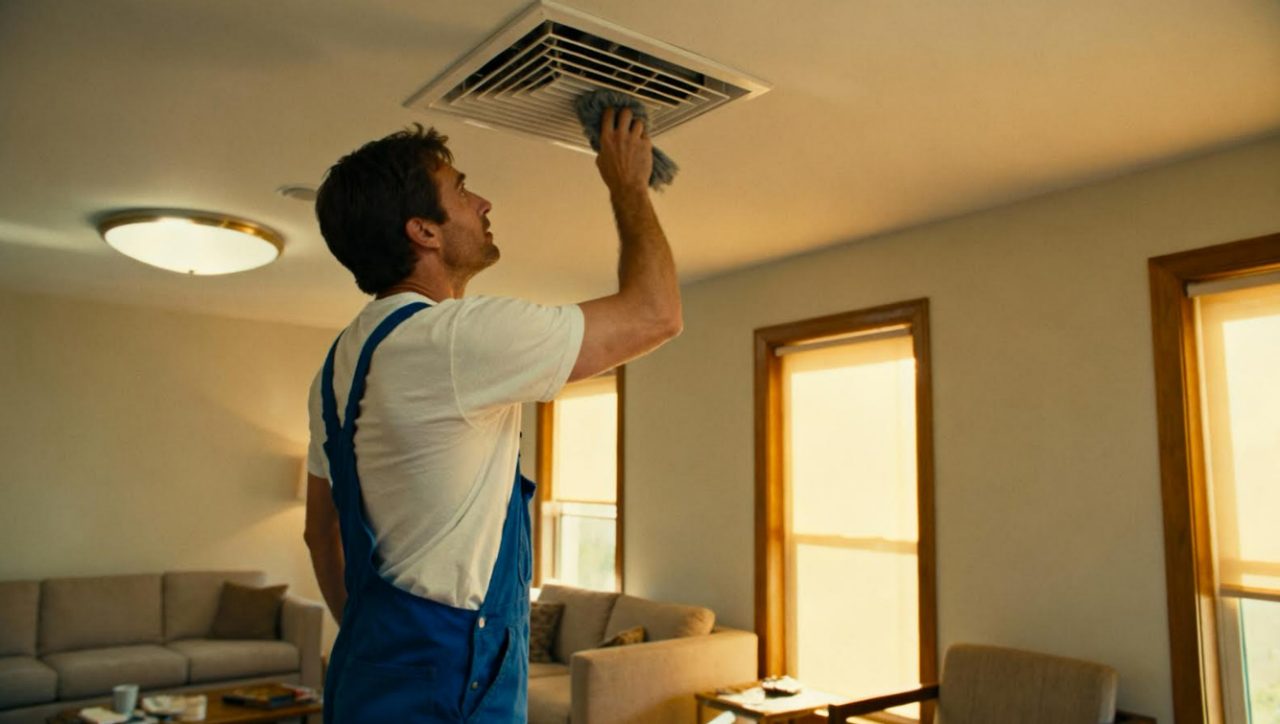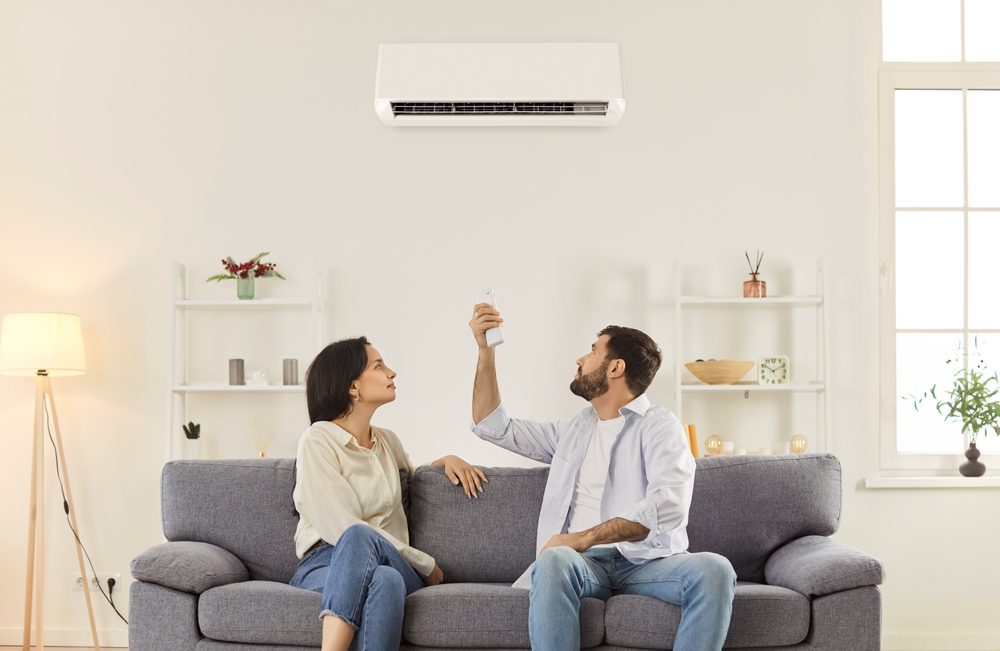
These days there are smart versions of almost everything we touch. But smart thermostats are becoming increasingly popular whether that’s in homes or offices. The promise is of better energy savings as well as greater convenience. But do they really deliver on those promises? In this article, we will look at how smart thermostats save energy, then we will share some tips on getting the most out of your smart thermostat. By the end of this article, you’ll have everything you need to know on smart thermostats’ abilities to save energy and how best to use them to achieve that. So let’s get started.
Do smart thermostats save energy?
You see more and more smart thermostats in both homes and offices, but the question that comes up again and again is whether they really help save energy. We can give you a very short answer to this. Yes. When used correctly, they can lead to significant energy savings by making sure your heating and cooling is based on the conditions as they change, as well as your user habits.
Traditional thermostats have always needed human input (switching on or off or adjusting) or a fixed schedule to work, but smart thermostats use intelligent features to improve efficiency and to adapt to the conditions (or your requirements) as they change. They do this using a number of different features such as learning schedules, occupancy sensors, geofencing and remote control. Let’s break those down in more detail now:
Learning your schedule: The fact that smart thermostats have the ability to learn your preferences over time is a game changer. You no longer have to program a set schedule, instead the thermostat observes when you usually adjust the temperature and then adapts accordingly. So if you normally turn the heat down at night and then back up in the morning, the thermostat will begin to do this automatically. What this does is reduce the chances of heating or cooling when it’s not actually needed. Ultimately, this lowers your energy consumption and your bills.
Sensing when space is occupied: Occupancy sensors really make a huge difference by detecting when someone is in the home (or even in a particular room) and then adjusting the temperature. You save a lot of energy this way, because when the house is empty, the system will automatically switch to an energy-saving mode and stay in that mode until someone returns. This feature works very well in households where everyone has irregular schedules that are constantly changing as the thermostat isn’t relying on a fixed timetable. Again, with energy saving comes financial savings.
Geofencing: This is a very useful feature that uses your smartphone’s location to determine whether you’re at home or not. Once you move beyond a certain distance from your property, the thermostat can then automatically adjust the temperature to an energy-saving setting. When you’re on your way back, it can start to return the indoor temperature to your preferred comfort level ready for your arrival. So you’re never heating or cooling an empty house but at the same time you return to a home that’s at a comfortable temperature.
Remote control: You can access smart thermostats through apps so you can control your home’s climate remotely. This is great if you forgot to turn off the heating before leaving the house. You can just turn it off from your phone. Or let’s say you’re coming home earlier than expected, you can get the house to the right temperature before you arrive. With remote control you massively reduce the chances of leaving your system running unnecessarily and at the same time have the ability to get it ready for when you return.
Tips for maximising energy savings
Let’s now look at how you can really get the most out of your smart thermostats for maximum energy savings. We will look at the importance of correct installation and configuration. We will also discuss the importance of properly integrating it with your HVAC system:
Location: Where you situate your smart thermostat has a major impact on how effectively it can manage your home’s temperature. To start, don’t install it in direct sunlight or drafts – and avoid other heat sources as these can cause issues with temperature readings. Ideally, mounting it on an interior wall in a room that is used a lot, and generally around five feet above the floor. This allows the thermostat to accurately detect the ambient temperature and make appropriate adjustments.
Follow instructions: It sounds too obvious to mention, but carefully following setup guidelines is a must. This is particularly important while you’re doing the initial configuration and enter accurate details about your HVAC system as well as home size. From here, your smart thermostat will use this data to tailor its energy-saving algorithms. So set it up right the first time, it might take a bit longer but it will be well worth it.
Use smart features: There are a lot of features on smart thermostats which can help boost efficiency. Make sure to activate its learning capabilities so it can adapt to your schedule automatically, and allow it to use geofencing to detect when you’re away or at home. These features will become more and more effective with consistent use so the system has the maximum amount of time to learn your routines.
Set energy-efficient temperatures: To get the most savings, adjust your temperature settings within energy-efficient ranges. In general, try setting your thermostat to around 20°C (68°F) in winter when you’re home, and lower it by a few degrees overnight or while away. In summer, aim for 25°C (78°F) or higher. Smart thermostats can automate these changes for you, but you’ll still need to define your preferred comfort ranges to guide the system.
Use efficient HVAC system: You’ve got a smart thermostat but can it talk to your HVAC system? Having an efficient HVAC system is vital as an old or poorly maintained one won’t give you the full benefits that the smart thermostat can offer. With this in mind, it’s worth considering upgrading to a high-efficiency unit as well as making sure your system is regularly serviced, replacing filters as recommended.
Use scheduling and zoning: Make sure you use the scheduling features to reduce energy use when you’re asleep or away. Some smart thermostats also allow you to create zones, meaning you can control the temperature in specific areas of your house independently from each other, ideal for larger homes or for households with varying needs from room to room.
About Daikin
Daikin offers a versatile range of smart thermostats designed for both residential and commercial use, using Wi-Fi connectivity, touchscreen interfaces, humidification control, and full two-way communication with Daikin HVAC systems. These smart thermostats are built to integrate seamlessly with a variety of Daikin setups, providing precise control and enhanced energy efficiency. Units include options for sleek touchscreen-only designs and compact wall-mounted units. Each thermostat is designed to keep you comfortable and make life more convenient.
Daikin offers a range of HVAC systems for residential and commercial needs, leading the industry in innovation and customer support and operates in 170 countries worldwide with millions of systems installed. We offer a wide range of HVAC systems for residential, commercial, and industrial settings.
Learn more about Daikin’s HVAC products by contacting us today.



